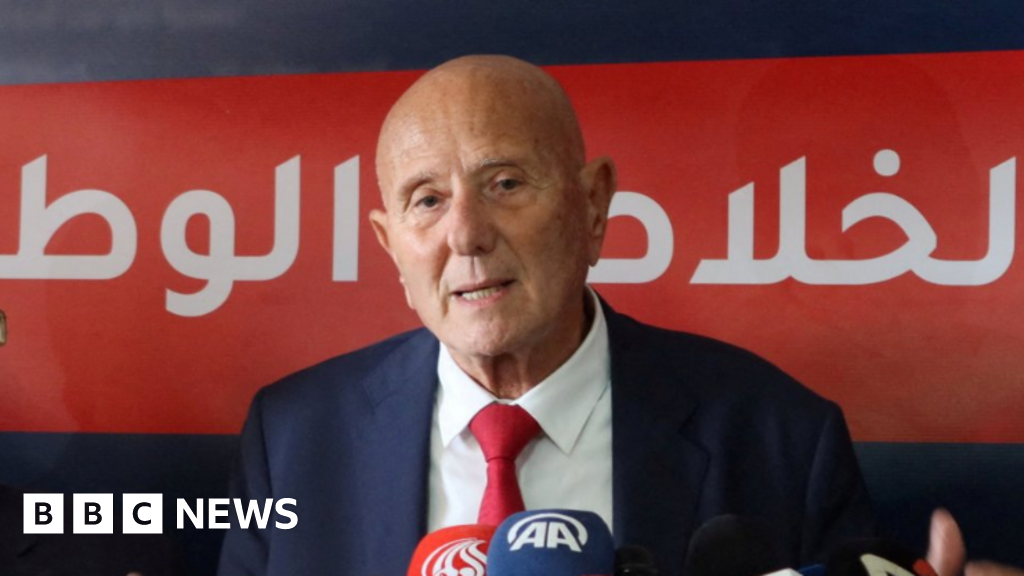The Implications of the US Military Withdrawal from Poland on NATO and European Security

The United States is poised to withdraw its troops from a significant base in Poland, a move that plays a crucial role in the West's ongoing efforts to support Ukraine in its defense against Russian aggression. Citing cost-cutting measures as a primary reason, this decision has raised alarms among Polish politicians and broader NATO allies, who are keen to reassure themselves of America's commitment to their security.
On a busy Tuesday, Polish politicians scrambled to quell any fears that the troop withdrawal might reflect a waning US interest in the security of NATO's eastern flank. The timing of the announcement is particularly sensitive, given recent overtures by US President Donald Trump towards Russia and his public threats regarding the withdrawal of America's long-standing security guarantees to European allies.
General Christopher Donahue, the commanding general of US Army Europe and Africa, commented on the situation, stating, âAfter three years at the [US base of] Jasionka, this is an opportunity to right-size our footprint and save American taxpayers tens of millions of dollars per year.â His remarks highlight the balancing act the US military faces in maintaining its presence abroad while managing domestic budgetary constraints.
Following Russia's full-scale invasion of Ukraine in 2022, the US established a temporary military base in Jasionka, strategically located near the city of Rzeszów and close to the border with Ukraine. This base quickly evolved into the largest hub for the transport of military equipment destined for Ukraine. It also served as a critical point for the evacuation of wounded Ukrainian soldiers to medical facilities across Europe.
What was once a modest regional airport has been transformed into a bustling landing zone for large military transport aircraft, with US Patriot air defense systems positioned along its runway, underscoring the heightened military activities in the region.
In a statement released on Monday, the US Army reassured that âthe important work of facilitating military aid to Ukraine via Jasionka will continue under Polish and NATO leadership, supported by a streamlined US military footprint.â This indicates an ongoing commitment to military support, albeit with a reduced American presence. The Army also emphasized that this decision had been coordinated with its allies.
In a related development, Germany has taken on some air defense responsibilities in the region by installing two of its own Patriot batteries around Rzeszów and Jasionka in January, further consolidating NATO's collective defense strategy.
Polish President Andrzej Duda, who had previously advocated for an increased US military presence in Central and Eastern Europe, sought to downplay the significance of the troop withdrawal announcement. He stated that Washington had communicated its decision to him in advance, asserting, âI am familiar with the issue of taking over responsibility for the safety of the Rzeszów airport and its security.â
After a brief meeting with Trump in the US back in February, Duda expressed confidence that there should be âno fear that the American presence in Poland will decrease,â and instead suggested it might be âassumedâ that it would be reinforced.
Poland's Defense Minister, WÅadysÅaw Kosiniak-Kamysz, took to social media platform X to reiterate that âUS troops are staying in Poland!â He further clarified that while the nature of the mission in Jasionka is evolving, it aligns with agreements made at last yearâs NATO summit, which outlined a future transition of responsibility to predominantly Norwegian, German, British, and Polish troops.
The Trump administration has indicated a desire to reduce its military footprint in Europe, shifting focus to other conflict zones while pressuring European allies to contribute more towards their own security expenses. Notably, Poland has emerged as a significant player within NATO, boasting the largest defense budget in the alliance, allocating about 4.7% of its GDP towards military expenditures this year.
In a broader context, the US Army has recently established âmore robust facilitiesâ in Poland than those at Jasionka, underscoring commitments made by both the Polish and US governments through significant investments, including the opening of a permanent US garrison in Poland in 2023. Additionally, last year, the US inaugurated a missile defense base in Redzikowo, located near Poland's Baltic coast, which works in tandem with a sister base in Romania as part of NATO's strategic defense measures against medium- and intermediate-range missile threats.
This evolving situation continues to shape the dynamics of NATO's eastern flank, as military capabilities and strategic partnerships are tested in the face of ongoing geopolitical tensions.
Additional reporting by Natalia Sawka.






























